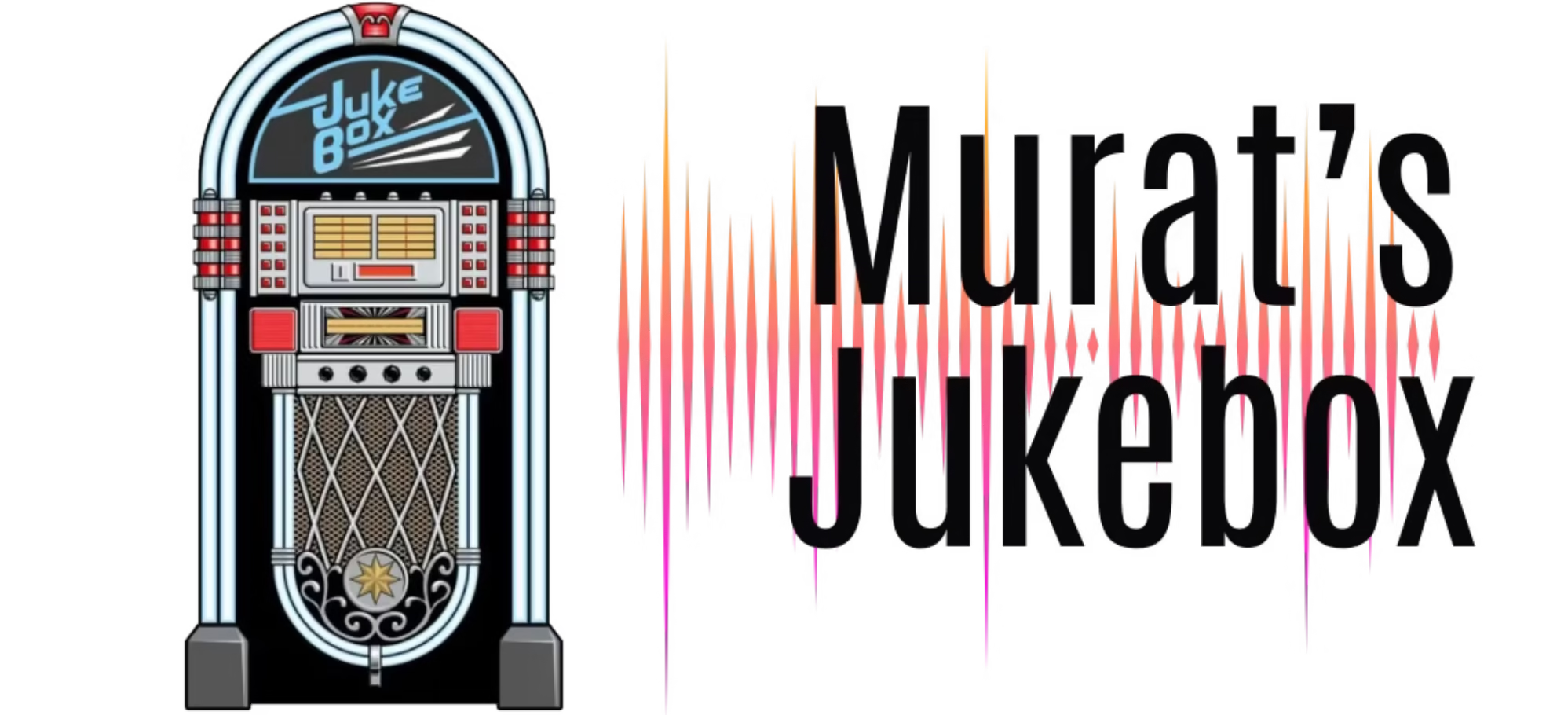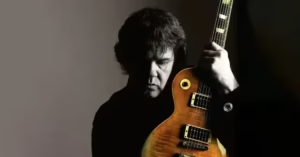Blue Öyster Cult: Architects of Intelligent Hard Rock and Occult Mystique
Blue Öyster Cult. From Soft White Underbelly to Rock Legend
The story of Blue Öyster Cult is one of transformation, experimentation, and endurance. Formed in Long Island, New York, in the late 1960s, they began as a psychedelic-leaning group called Soft White Underbelly, but would soon become one of the most intriguing and enduring hard rock acts of the 1970s and beyond. With an emphasis on dark lyrics, literary influences, and melodic power, Blue Öyster Cult (often abbreviated as BÖC) carved out a space that straddled the line between heavy metal, progressive rock, and pop accessibility—always tinged with an air of the arcane.
Blue Öyster Cult. Origins and Early Evolution
Blue Öyster Cult was formed in 1967, evolving through several names (Soft White Underbelly, Oaxaca, Stalk-Forrest Group) before settling on their iconic moniker in 1971. The founding lineup consisted of:
- Donald “Buck Dharma” Roeser – lead guitar, vocals
- Eric Bloom – rhythm guitar, lead vocals
- Allen Lanier – keyboards, rhythm guitar
- Joe Bouchard – bass, vocals
- Albert Bouchard – drums, vocals
Managed by Sandy Pearlman, a rock critic and visionary producer, and aided by the lyrical contributions of Richard Meltzer, the band cultivated a mysterious, literary, and often dystopian aesthetic. Pearlman envisioned them as an “American answer to Black Sabbath,” but BÖC would ultimately forge a more refined and diverse musical identity.
Blue Öyster Cult. Breakthrough and the Columbia Years (1972–1981)
Blue Öyster Cult (1972)
Their eponymous debut introduced their dual guitar attack and eerie atmosphere. Tracks like “Transmaniacon MC”, “Then Came the Last Days of May”, and “Cities on Flame with Rock and Roll” marked them as an intellectual yet visceral force.
Tyranny and Mutation (1973)
A heavier and more complex album, Tyranny and Mutation fused hard rock with near-prog arrangements. “Hot Rails to Hell” and “The Red and the Black” became live staples.
Secret Treaties (1974)
A critical triumph, Secret Treaties is often cited as BÖC’s first masterpiece. Its lyrical content, touching on war, the occult, and cryptic symbolism, reached new heights on “ME 262” and “Career of Evil.” The album also marked their rise as cult heroes in the underground rock scene.
Blue Öyster Cult. Mainstream Breakthrough: Don’t Fear the Reaper and Beyond
Agents of Fortune (1976)
With Agents of Fortune, BÖC achieved mainstream success, driven by their haunting mega-hit “(Don’t Fear) The Reaper.” With Buck Dharma’s melancholic vocals and ringing guitar, the track brought death and romance together in a hypnotic swirl, becoming one of rock’s most iconic singles.

The album also featured “This Ain’t the Summer of Love” and “E.T.I.,” balancing accessibility with esoteric charm.
Spectres (1977)
Riding high, Spectres offered a polished follow-up. While it didn’t quite match its predecessor’s commercial impact, songs like “Godzilla” and “Golden Age of Leather” demonstrated their ability to mix humor, horror, and musicianship.
Some Enchanted Evening (1978)
This live album cemented BÖC’s reputation as a powerful concert act. It became their best-selling record, showcasing their ability to balance heaviness and precision on stage.
Blue Öyster Cult. Shifting Sounds and Challenges (1979–1986)
Mirrors (1979)
Mirrors marked a pivot toward a slicker, pop-rock sound. Though controversial among fans, it contained memorable tracks like “In Thee.” The album’s reception was lukewarm, prompting the band to return to a darker style.
Cultösaurus Erectus (1980)
Produced by Martin Birch (Iron Maiden, Deep Purple), this return to heavy roots pleased fans. “Black Blade,” inspired by Michael Moorcock’s Elric novels, blended metal with sword-and-sorcery themes.
Fire of Unknown Origin (1981)
This album reinvigorated their popularity, particularly with the hit “Burnin’ for You,” which showcased Buck Dharma’s melodic gift. The album also contributed several tracks to the animated film Heavy Metal, including “Veteran of the Psychic Wars.”
The Revolution By Night (1983) and Club Ninja (1985)
As the ’80s progressed, the band faced internal strife. Drummer Albert Bouchard was fired, and keyboardist Allen Lanier temporarily left. Club Ninja was heavily synth-driven and remains one of the band’s most divisive efforts.
Later Years and Revival (1988–Present)
After a hiatus, the band returned in the late ’80s with live tours and occasional studio work. While their commercial peak was behind them, their cult following remained strong.
Imaginos (1988)
Originally conceived as a solo concept album by Albert Bouchard, Imaginos was released under the BÖC name and tied together many lyrical threads from their early albums. It told a time-traveling occult conspiracy narrative blending American history and science fiction.
Heaven Forbid (1998) and Curse of the Hidden Mirror (2001)
Though these albums received limited promotion, they were praised by fans for returning to classic BÖC themes and sound. Tracks like “Harvest Moon” and “Dance on Stilts” show they hadn’t lost their touch.
The Symbol Remains (2020)
Released after a nearly 20-year studio silence, this album proved that BÖC still had creative energy. It was praised for its vibrant songwriting and modern production, blending new ideas with vintage identity.
Musical Identity and Influence
BÖC’s signature lies in their dual-lead guitar harmonies, cryptic lyrics, and a style that balances melody and menace. They embraced sci-fi, gothic, and horror imagery long before it was fashionable in rock. With contributions from writers like Patti Smith and Michael Moorcock, their lyrics often read like dark poetry.
While associated with proto-metal, BÖC also infused elements of:
- Progressive rock
- Psychedelia
- Power pop
- Classic heavy metal
They have influenced bands ranging from Iron Maiden to Metallica, Ghost, and Opeth—thanks to their clever arrangements and ability to mix intellect with impact.
Current Lineup and Legacy
Despite lineup changes over the decades, Buck Dharma and Eric Bloom remain at the helm. The modern touring version of BÖC includes:
- Eric Bloom – vocals, guitar
- Buck Dharma – lead guitar, vocals
- Richie Castellano – keyboards, guitar, vocals
- Danny Miranda – bass
- Jules Radino – drums
Their influence stretches across genres, from doom metal to alt-rock, and their cult-like following has only grown stronger with time. Far more than “the band that did ‘Don’t Fear the Reaper,’” BÖC stands as one of rock’s most unique and enduring acts.
Interesting Facts
- Their cryptic logo (a hook-and-cross) is a symbol of Saturn, associated with time and death.
- The band’s name came from a poem by manager Sandy Pearlman, referencing a secret group of aliens guiding Earth’s history.
- Stephen King often referenced their lyrics in his novels.
- “(Don’t Fear) The Reaper” gained renewed fame thanks to the “More Cowbell” sketch on Saturday Night Live.
- Patti Smith had a romantic relationship with Allen Lanier and co-wrote several early songs.

Essential Discography
Studio Albums:
- Blue Öyster Cult (1972)
- Tyranny and Mutation (1973)
- Secret Treaties (1974)
- Agents of Fortune (1976)
- Spectres (1977)
- Mirrors (1979)
- Cultösaurus Erectus (1980)
- Fire of Unknown Origin (1981)
- The Revolution by Night (1983)
- Club Ninja (1985)
- Imaginos (1988)
- Heaven Forbid (1998)
- Curse of the Hidden Mirror (2001)
- The Symbol Remains (2020)





